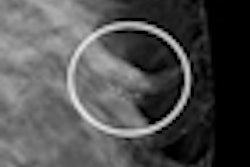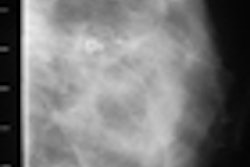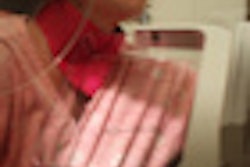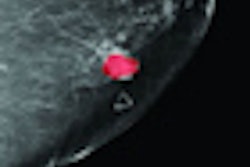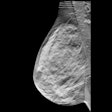Residents are spending more time in dedicated breast imaging rotations and more are choosing breast imaging fellowships, but their overall attitudes about breast imaging as a career path remain negative, according to a study published in the July issue of the American Journal of Roentgenology.
Dr. Lawrence Bassett, of the University of California, Los Angeles, and colleagues found that between 2000 and 2008, the percentage of residents who would not consider breast imaging as a subspecialty decreased -- but not enough to boost the percentage of those actually going into the field (AJR, July 2011, Vol. 197:7, pp. 263-269).
Even with the recent recommendations from the U.S. Preventive Services Task Force (USPSTF), which call for women to begin breast cancer screening at 50 years of age rather than 40, and for screening intervals to increase from one year to two years, the demand for breast imaging services is growing, according to the authors.
The USPSTF recommendations have not been accepted as credible, Bassett and colleagues wrote. "Although the number of radiologists interpreting mammograms is expected to rise, the ratio of radiologists to women in the screening population will decrease more than 10% [over the next decade]." And teleradiology can't fully compensate for the greater imaging demand and fewer breast imaging specialists, according to the group.
The study consisted of a follow-up Internet survey conducted in 2008 at 201 radiology training programs in North America. The survey included questions about the organization of breast imaging rotation, resident responsibilities, clinical practice protocols, residents' impressions regarding breast imaging, and residents' interest in pursuing breast imaging as a specialty after residency. Bassett's team compared results to a survey completed in 2000.
Two hundred of the 201 training programs had dedicated breast imaging rotations; 190 of these were 12 weeks or longer, and 39 were 16 weeks or longer.
In 138 (69%) of the programs, residents regularly performed real-time ultrasound imaging. Residents regularly performed needle localization in 159 (79%), ultrasound-guided biopsy in 154 (77%), and stereotactically guided biopsy in 145 (72%).
Of the survey respondents:
- 81% reported that interpreting mammograms was more stressful than other imaging studies.
- 71% believed that only breast imaging specialists should interpret mammograms.
- 52% would not consider pursuing a breast imaging fellowship.
Concerns about medicolegal issues were consistent in the 2008 survey compared to the 2000 survey. Although the concern has decreased somewhat (from 72% of respondents in 2000 to 56% in 2008), residents' continued awareness about malpractice and mammography may reflect concerns of their teaching faculty, their practice environment, and the frequent coverage of malpractice issues in clinical literature, the authors wrote.
Even though the number of residents pursuing a breast imaging fellowship increased, the percentage of those interested in such a fellowship was essentially unchanged, with 31% of residents reporting they would consider a breast imaging fellowship if it were offered in 2000, and 30% reporting they would consider it in 2008.
As one solution to the problem, Bassett's team suggested that residents have at least one introductory rotation in breast imaging during their second year of residency before they have to apply for fellowships in the third year.





